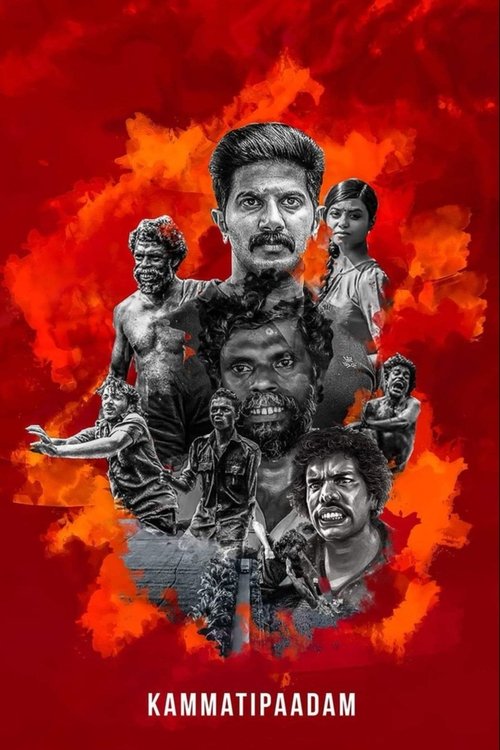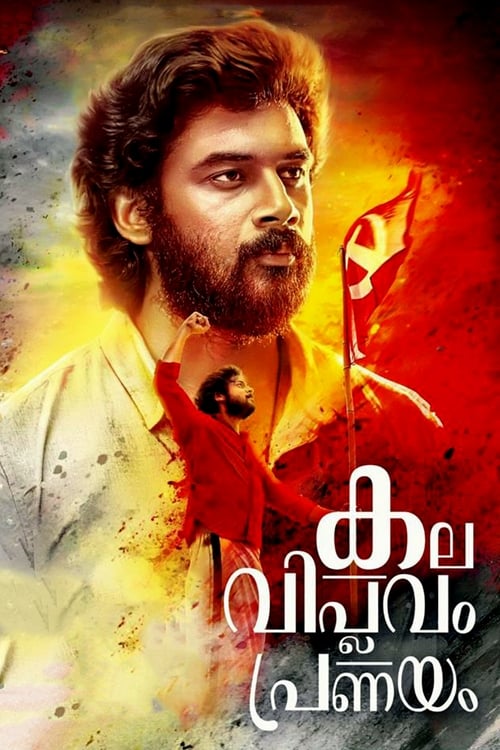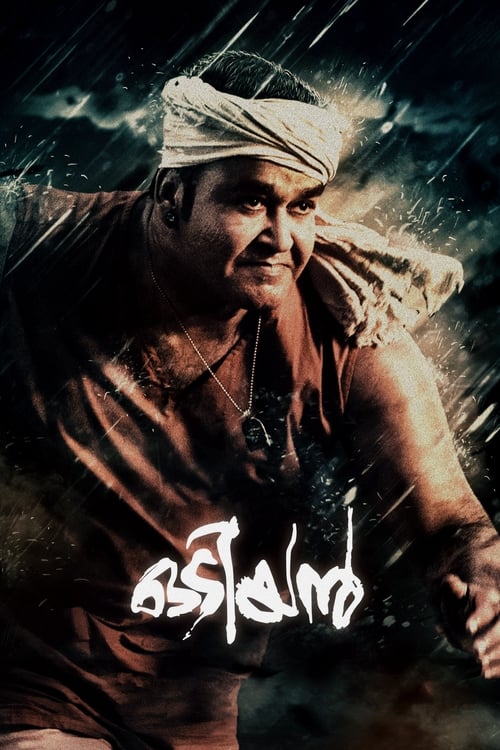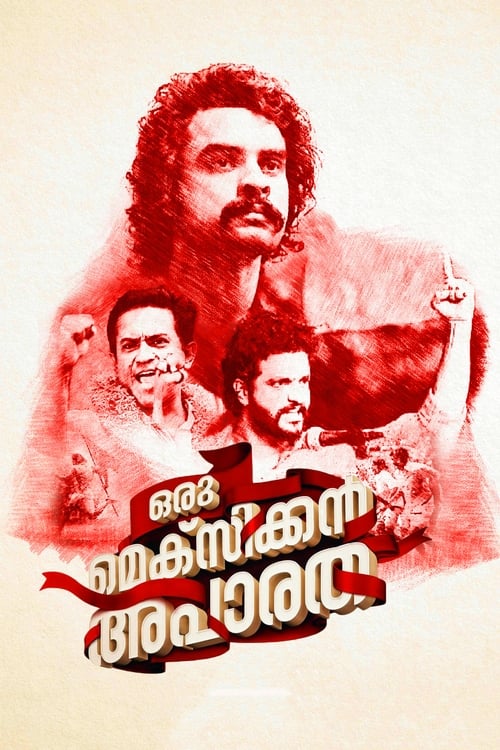
Ask Your Own Question
What is the plot?
What is the ending?
In the ending of "Kammatti Paadam," Krishnan confronts the harsh realities of his past and the changes in his hometown. He faces the betrayal of his friends and the loss of his childhood home. The film concludes with Krishnan coming to terms with his life choices and the impact of urbanization on his community.
As the film approaches its climax, we find Krishnan, played by Dulquer Salmaan, returning to Kammatti Paadam after years away. The once vibrant neighborhood is now a shadow of its former self, ravaged by development and gentrification. The emotional weight of nostalgia hangs heavy in the air as he walks through the streets, memories flooding back of his childhood and the friends he lost along the way.
In a pivotal scene, Krishnan meets with his childhood friends, who have also been affected by the changes in their lives. They share stories of their struggles, revealing the deep bonds they once had and the betrayals that have fractured their relationships. The camaraderie is tinged with bitterness as they confront the reality that their dreams have been crushed by the relentless march of progress.
As the narrative unfolds, Krishnan learns about the fate of his friend, Ganga, who has been deeply affected by the violence and chaos that has engulfed their community. Ganga's life has spiraled into despair, and Krishnan feels a profound sense of loss for the innocence of their youth. This moment serves as a stark reminder of the cost of urbanization, as the characters grapple with their identities and the remnants of their past.
In the final scenes, Krishnan confronts the developers who are responsible for the destruction of Kammatti Paadam. He stands up for his community, embodying the spirit of resistance against the forces that have torn apart his home. The confrontation is intense, filled with raw emotion as Krishnan fights not just for his past, but for the future of his friends and the memories they shared.
The film concludes with Krishnan walking away from the ruins of Kammatti Paadam, a mixture of sorrow and resolve etched on his face. He understands that while he cannot change the past, he can honor it by remembering the people and the experiences that shaped him. The final shot lingers on Krishnan, symbolizing the enduring impact of his childhood and the bittersweet nature of nostalgia.
In summary, the fates of the main characters are intertwined with the themes of loss and resilience. Krishnan emerges as a figure of hope, determined to carry the memories of Kammatti Paadam with him, while Ganga's tragic fate serves as a poignant reminder of the cost of progress. The film closes on a note of reflection, leaving the audience to ponder the implications of change and the importance of community.
Is there a post-credit scene?
The movie "Kammatti Paadam," released in 2016, does not have a post-credit scene. The film concludes its narrative without any additional scenes after the credits roll. The story wraps up with a poignant ending that reflects the struggles and resilience of the characters, particularly focusing on the protagonist, Krishnan, and his journey through the socio-political landscape of Kammatti Paadam. The absence of a post-credit scene emphasizes the film's themes and leaves the audience with a lasting impression of the characters' fates and the socio-economic realities they face.
What motivates Krishnan to return to Kammatti Paadam after so many years?
Krishnan, played by Dulquer Salmaan, is motivated to return to Kammatti Paadam primarily due to the disappearance of his childhood friend, Ganga. His emotional connection to Ganga and the memories of their shared past in the slum drive him to confront the changes that have occurred in his hometown and to seek answers about Ganga's fate.
How does the relationship between Krishnan and Ganga evolve throughout the film?
The relationship between Krishnan and Ganga is central to the narrative. Initially, they share a deep bond as childhood friends, navigating the struggles of life in Kammatti Paadam together. As they grow older, their paths diverge due to socio-economic pressures and personal choices. Krishnan's return to Kammatti Paadam reignites their connection, revealing the complexities of love, loyalty, and the impact of their environment on their lives.
What role does the backdrop of Kammatti Paadam play in shaping the characters' lives?
Kammatti Paadam serves as a crucial backdrop that shapes the characters' identities and experiences. The slum's harsh realities, including poverty, violence, and social injustice, influence the decisions and motivations of characters like Krishnan, Ganga, and their friends. The setting is not just a physical space but a character in itself, reflecting the struggles and resilience of its inhabitants.
What are the key events that lead to the conflict between Krishnan and the local goons?
The conflict between Krishnan and the local goons escalates when Krishnan returns to Kammatti Paadam and confronts the changes in his community, particularly the rise of criminal elements that threaten the lives of his friends and family. Key events include Krishnan's attempts to protect his community, his clashes with the goons over land disputes, and the personal vendettas that arise from his past, culminating in violent confrontations.
How does the film portray the theme of friendship through the character of Krishnan?
The film portrays friendship through Krishnan's unwavering loyalty to his childhood friends, particularly Ganga and others from Kammatti Paadam. His journey back to the slum is fueled by a desire to reconnect and protect his friends from the dangers they face. Krishnan's actions, driven by a sense of responsibility and love for his community, highlight the depth of his friendships and the sacrifices he is willing to make for them.
Is this family friendly?
"Kammatti Paadam," released in 2016, is not considered family-friendly due to its mature themes and content. The film contains several potentially objectionable or upsetting aspects, including:
-
Violence: The film features intense scenes of physical violence, including fights and confrontations that may be distressing for younger viewers.
-
Strong Language: There is frequent use of profanity and harsh language throughout the dialogue, which may not be suitable for children.
-
Substance Abuse: The portrayal of drug use and its consequences is a significant theme in the film, which could be upsetting for sensitive viewers.
-
Social Issues: The film addresses heavy social issues such as class struggle, displacement, and the impact of urbanization, which may be complex and difficult for younger audiences to understand.
-
Emotional Turmoil: Characters experience deep emotional pain, loss, and betrayal, which could be distressing for sensitive viewers.
Overall, the film's mature content and themes make it more appropriate for adult audiences.












































